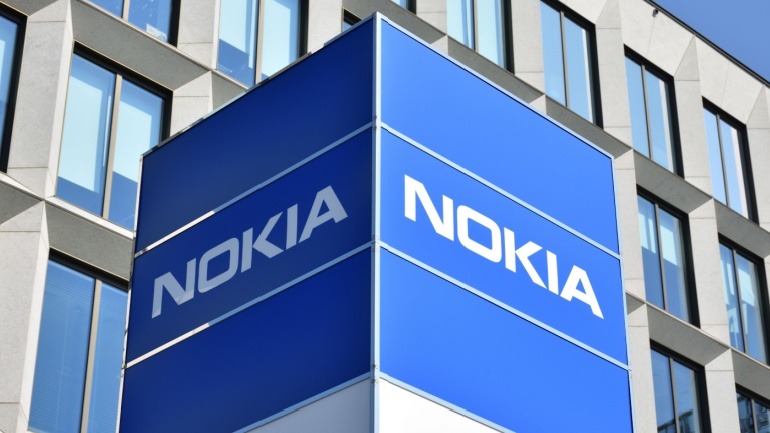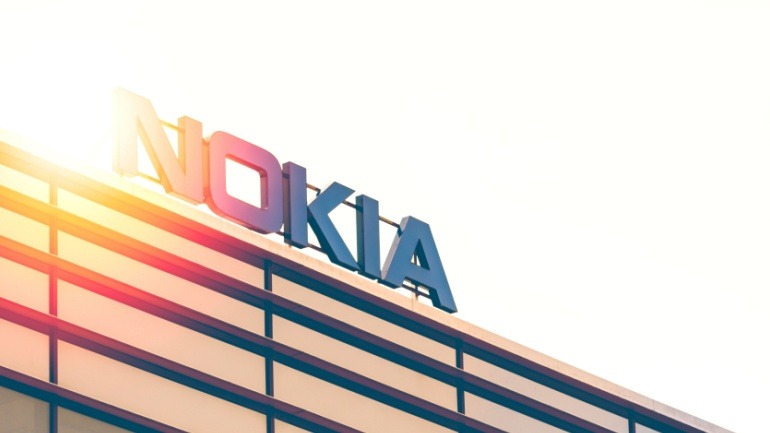Ericsson, Nokia, and Berlin’s Fraunhofer Heinrich Hertz Institute (HHI) have joined forces to advance video coding standards for the 6G era. This collaboration aims to enhance media experiences and mobile video efficiency as 6G becomes a reality.
For the first time, these European leaders have united their research efforts in codec development. They aim to fortify Europe’s presence in emerging technology standards by showcasing a new video codec. This codec offers higher compression efficiency and maintains complexity at manageable levels. Notably, it also improves energy efficiency and scalability.
The initial results are promising, as feedback from the ITU-T Video Coding Experts Group and the ISO/IEC Moving Picture Experts Group (MPEG) was positive. This feedback may accelerate progress in the standardization process. The partners anticipate the new standard will be ready by 2029-2030, aligning with 6G’s expected rollout.
Once introduced, this standard will revolutionize digital media. It aims to drive high-efficiency streaming and immersive formats across various devices. Applications will include mobile communications, low-latency services, and coding for gaming and AI-generated content, among others. Magnus Frodigh, Head of Research at Ericsson, states, “As a global connectivity leader, Ericsson is perfectly positioned to research and drive 6G enablement capabilities. We are proud to partner with Nokia and Fraunhofer HHI in video coding to combine research expertise and shape the next standard.” He also highlighted the unity of European tech in pioneering such breakthroughs.
From Nokia’s perspective, Ville-Veikko Mattila, Head of Multimedia Technologies, emphasized their long-standing role in video codec development. He remarked on the importance of openness and sustainability in the new standard.
Prof. Thomas Wiegand from HHI added that video is central to future digital experiences. He noted that the collaboration underscores Europe’s competence in media technology and its role in global standardization.
In conclusion, this collaboration sets a new benchmark in video coding innovation. It ensures that values like excellence and sustainability are ingrained in future media standards. As these developments unfold, the anticipation for the 6G era grows, promising to redefine digital experiences.







